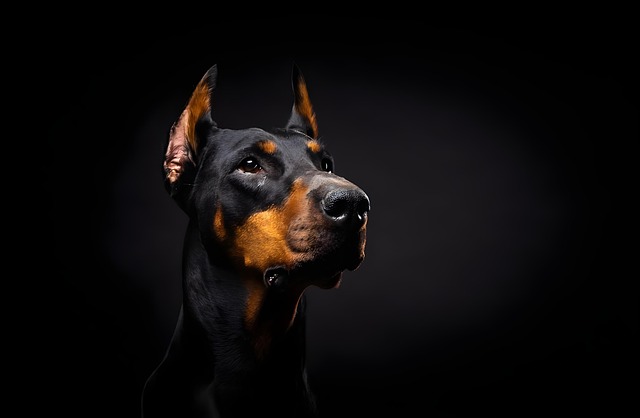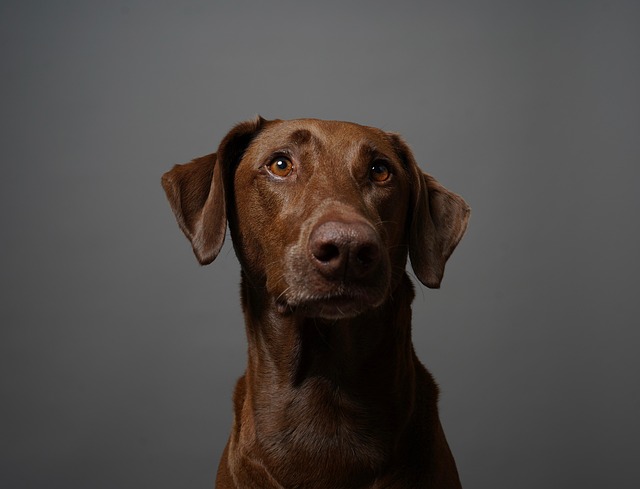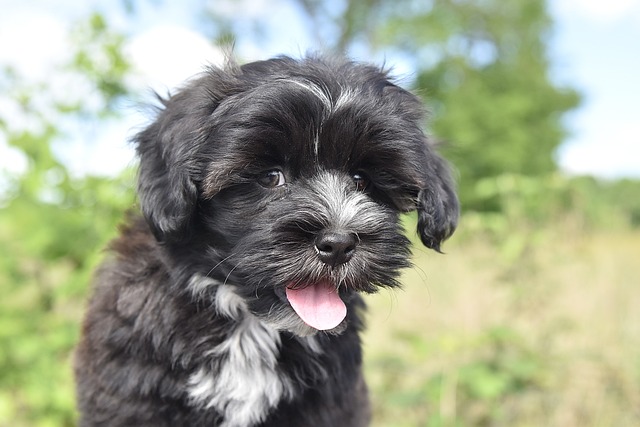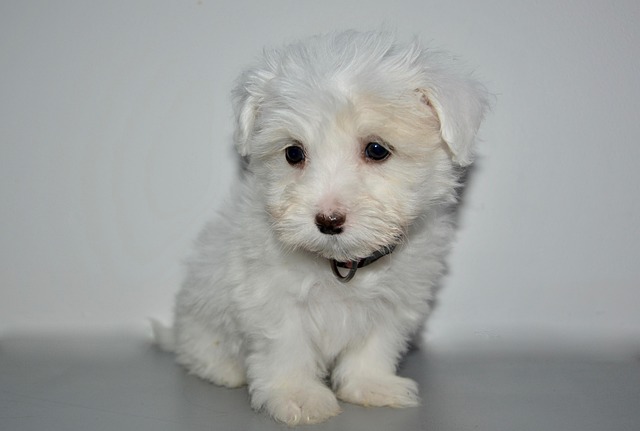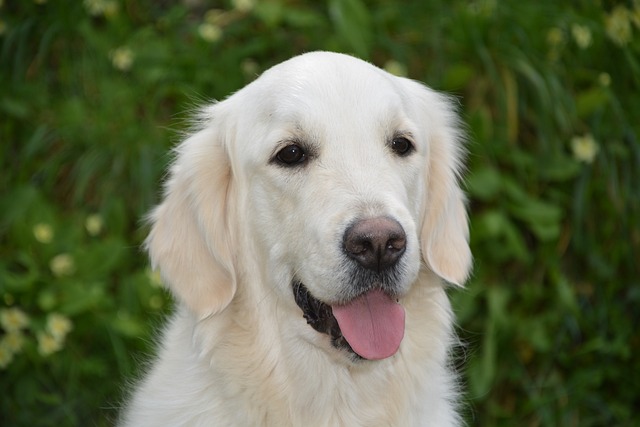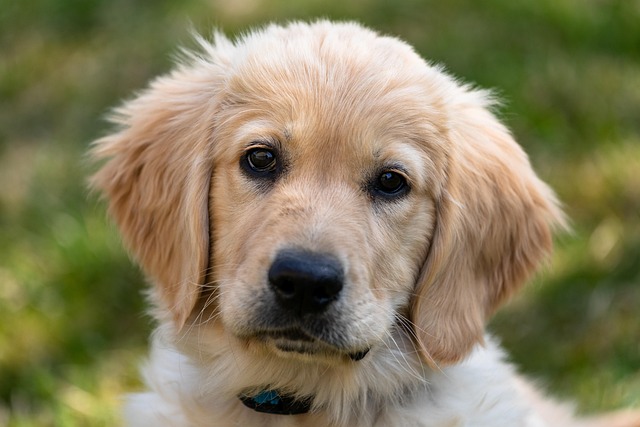Walking into a pet store, you might see shelves full of colorful ramps, jumps, and tunnels labeled “agility gear” and wonder: Do I need all that? The truth is, dog agility training doesn’t require a closet full of equipment—especially when you’re just starting. What matters is choosing tools that keep your pup safe, make training fun, and grow with their skills. Think of it like setting up a playroom for a kid: start simple, add more as they get better.
The basics start with low-impact obstacles that build confidence without straining joints. A soft tunnel is perfect—you can buy a small, collapsible one, or even make one by stretching a bedsheet over two chairs (my sister in Seattle did this for her corgi, and he loved darting through it for a cheese treat). Low jumps are next, but keep them tiny—no higher than your dog’s elbow, especially for puppies. Use PVC pipes with foam covers or stack books under a pool noodle to make a hurdle that’s easy to knock over (no hard edges, just in case they bump it). This works because dogs learn best when obstacles feel like a game, not a chore. If you live in an apartment, stick to one or two tools at a time—you don’t want your living room to look like a obstacle course. And if you take these to a community park? Set them up in a quiet corner, away from kids or other dogs, so you don’t block paths. Most parks in states like Florida require you to clean up after your pup and pack up gear when done—no leaving tunnels or jumps behind.
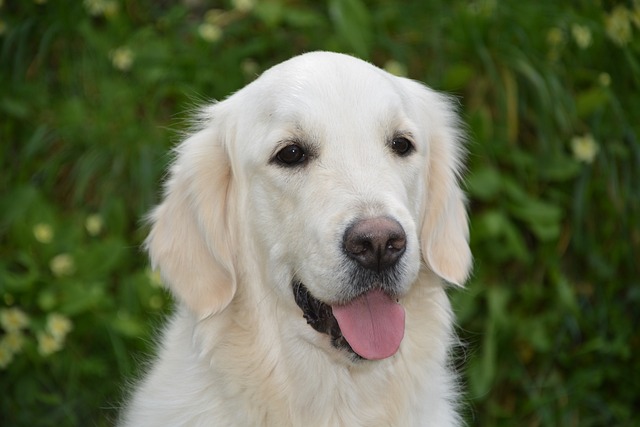
Training helpers matter just as much as obstacles. A lightweight, non-slip leash (no choke chains!) keeps you connected without restricting movement—great for guiding your dog through a new ramp. Treats are non-negotiable, but pick ones that are small and easy to chew (freeze-dried chicken works wonders). They’re not just rewards; they’re how you “talk” to your pup, letting them know, “Yes, that’s what I want!” Never use a spray bottle or yell if they mess up—positive reinforcement (think excited praise + treats) actually rewires their brain to try again, says animal behaviorists. In apartments, keep treats in a sealed container to avoid attracting bugs, and wipe up crumbs right away—your landlord will thank you.
Safety gear is non-negotiable, even for beginners. A rubber mat under ramps or jumps prevents slips—critical for puppies with wobbly legs or older dogs. Check that all equipment is stable: a wobbly ramp can scare your pup off training for weeks. If you’re using store-bought gear, look for labels like “puppy-safe” or “low-impact.” And remember: if you join a local agility class, most require proof of up-to-date vaccines (rabies shots are mandatory in all U.S. states) to keep every dog healthy. When training in public, always carry poop bags—even if your pup doesn’t go, it’s part of being a good neighbor. Last month, I saw someone in a Denver park leave their agility gear out while they ran to grab coffee; when they came back, a stray dog had chewed the tunnel. Lesson: always supervise your equipment, and pack it up when you’re done.
